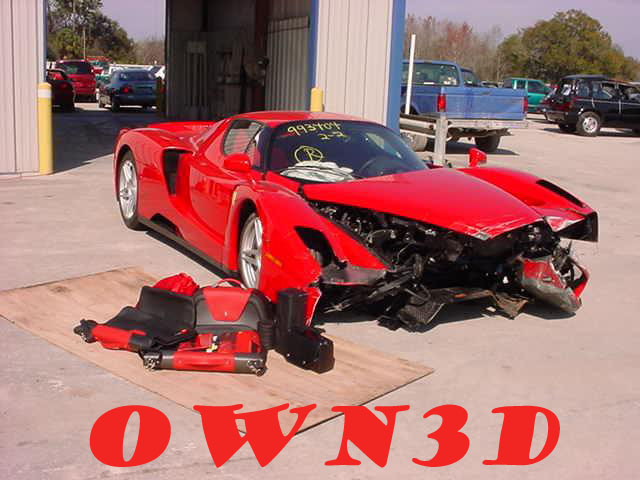TRAVELLING TO THE HUNGARIAN GP
“Well Doctor, what’s the news?”
“It’s bad, I’m afraid, you have only got a week to live.”
“Oh dear, is there nothing I can do?”
“I guess you could go to Budapest and watch the Hungarian Grand Prix.”
“Will that help me to live longer?”
“No, but watching the Hungarian GP sure does feel like a lifetime!”
Some grand prix venues offer a great technical challenge, or provide a spectacular backdrop for a race or are just part of F1 history. But the question most often asked when the circus pitches its tent at the Hungaroring is “Why?”
Sometimes described as Monaco without the barriers, because the track is very slow, tight, twisty and offers virtually zero overtaking opportunities, it could also be described as Monaco without the racing history, character, glamour, glitz, celebrities or fun and of course, there is no sea.
Actually, Hungary does have some motorsport history, as a Hungarian with an unpronounceable name won the first ever grand prix, at the wheel of a Renault, in 1906. He was by no means out of the ordinary in having an unpronounceable name for those of us coming from the other side of Europe, as the Hungarian language is severely constipated and has not seen a vowel movement in several centuries. Roll-call at Hungarian schools is very dull from A to R and then livens up like nobody’s business from S to Z.
This race’s saving grace is the city of Budapest, reckoned to be one of the most beautiful in Eastern Europe. It is split into two areas, Buda and Pest, by the river Danube. The locals make a big fuss about this fact, even though it is well known that other capital cities are also divided by rivers: Lon and Don divided by the Thames and Par and Is divided by the Seine, to name just two.
Actually, the character of Budapest changed a great deal since the days when those other two cities in Germany, Ber and Lin, decided to remove the wall that divided them. In the early days of the Hungarian Grand Prix, life in Budapest was cheap for Westerners and for the price of a hotdog, you could dine on champagne and caviar. Nowadays, the price of a hotdog will buy you a hotdog.
Which brings us onto the subject of the local cuisine. As a landlocked country, Hungary sees extremes of temperature, from freezing cold in winter to boiling hot in summer. Unfortunately, it is clear that Hungarian cookbooks only cover the months from October to April. Warming stews, dumplings, goose liver cooked in its own fat might all be very nice when the wind is blowing in from Siberia, but less appetising at the time of year when the mercury in the thermometer rises as high as the Danube did a few years back. We are not the only ones to complain and even the famous Russian dissident Alexander Solzhenitsyn wrote a pamphlet on the subject called “The Goulash Archipelago.”
When F1 first came to Budapest, the city looked grey and tired and one journalist described shopping here as a great experience if there was anything you had forgotten to buy back in the Sixties. Now it is a buzzing capital with plenty to do and a great nightlife. So, this weekend can be summed up as a case of love the city, hate the race track.
 Plus - good chocolate AND good beer.
Plus - good chocolate AND good beer. 
 Plus - good chocolate AND good beer.
Plus - good chocolate AND good beer. 




 and what about blisters and tyres like MS had in the last GP?
and what about blisters and tyres like MS had in the last GP?

